I remember the very first time I tried butternut squash soup. I’m not even sure I had yet tasted butternut squash, much less the soup. It was decades ago and I was visiting a relative’s house for Thanksgiving. He served this soup. I asked him where he got the recipe and he replied, “Williams Sonoma.” That’s all I needed to know.
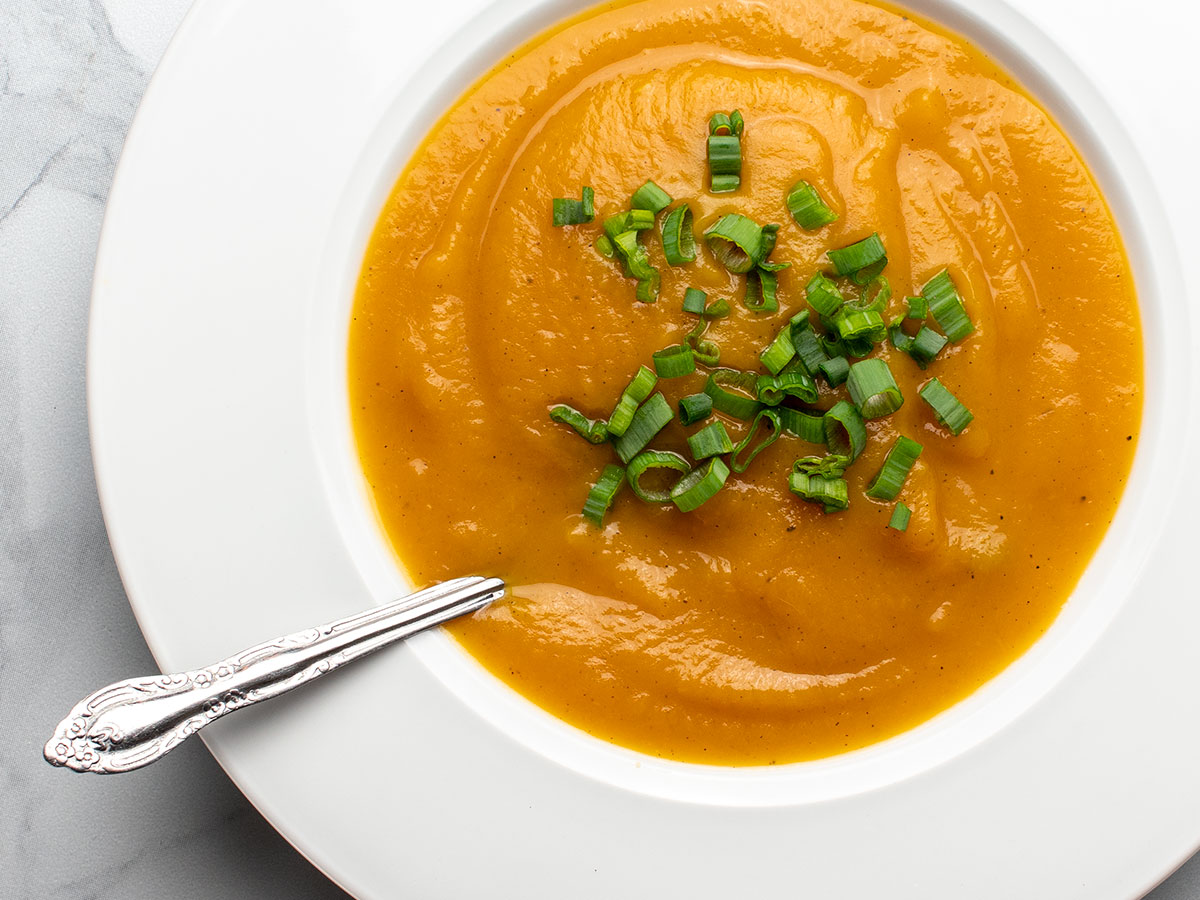
I can’t be sure the soup I prepared for this post was the same as the one I tasted all those years ago, but it’s very close. If you aren’t familiar with butternut squash or the soup it has the potential to create, let me tell you that while there are many varieties with many different options for added ingredients, most recipes will result in something that’s not only mostly healthy, but very good tasting. It’s not difficult to pull a sweet velvety smoothness from this fruit and turn that into a delicious meal or starter. And the reason I mentioned the word mostly above is because when it comes to butternut squash soup, there’s sometimes butter, sugar or maple syrup, and coconut milk or cream included, which aren’t the most favorable ingredients if you’re health conscience. This particular recipe is one of the healthiest I’ve seen though, so if I were you, I wouldn’t even concern myself with that aspect of things.
An Excellent Slow Cooker Alternative
I can’t tell you how many times I’ve prepared squash soup over the past few decades. Let’s just say…a lot. Most of the time, I roasted the squash in the oven, which makes it ready for blending. I’ve also boiled the squash in salted water to soften the pieces. In both cases, the squash would soften and would be ready to combine with all the other ingredients. Purée with either a regular blender or a hand blender and there you go – butternut squash soup.
In general, my favorite method for cooking the squash beforehand is in the oven. I like it because the squash actually gets cooked – and lightly browns, which adds flavor. The only issue with this method is that it’s not infused with flavor, such as it is with the slow cooker alternative.
Speaking of the slow cooker alternative, what an incredible idea. I love it. The process is so easy. Just toss the squash into a slow cooker with everything else and let the cooker do it’s thing. What’s actually the best part is that as the squash is softening, it’s being infused with the flavors of the other ingredients, such as the broth, spices, salt, sugar – those sorts of things. I’m attracted to the idea that the broth is soaking into each piece of squash over the three hour cook time. So, if you’re into slow cooking and if you’ve got a slow cooker (crockpot, Dutch oven), I can’t imagine a better method for putting a soup like this together.

Is Butternut Squash Healthy?
Oh my. Is butternut squash healthy? I’m not sure I even need to answer this question. If you cut into this type of squash and hold a piece in your hand, you’ll surely see how colorful it is (as well as how dense it is). You’ll also get a sense of how many vitamins, minerals, and antioxidants are contained within – just by looking at its vibrant color. No fruit that’s such a wonderfully deep orange can avoid packing a healthy punch and butternut squash is no different.
There are quite a few health benefits that are associated with butternut squash; to make things easier, I’ll list them below. For now though, just know that there are many vitamins, minerals, and antioxidants in this type of food. It’s low calorie. It’s high in fiber. It can help you lose weight, protects against cancer, heart disease, and mental decline. And the best part of acquiring all these health benefits? This squash is just so easy to prepare. You needn’t cook an extravagant dish to take advantage of anything I just mentioned above. Simply boiling and mashing is quite enough.
Health Benefits of Butternut Squash
Below, I’ll list the nutritional profile of butternut squash, what vitamins and minerals it contains, and it’s health benefits.
Nutritional Profile
This profile is based on one cup of butternut squash.
- 85 Calories
- No fat
- 9 Milligrams of Sodium
- 7 Grams of Fiber
- 2 Grams of Protein
- 22 Grams of Carbohydrates
- 4 Grams of Sugar
Vitamins & Minerals
Based on one serving of butternut squash. This is what you get per your daily requirement:
- 100% of Vitamin A
- 40% of Vitamin C
- 15% of Magnesium
- 12% of Potassium
- 7% of Calcium
This squash is also a good source of iron, phosphorus, vitamin E, thiamin, niacin, vitamin B-6, folate, pantothenic acid, and manganese.
Health Benefits
This is how butternut squash can help keep you healthy:
- Because the great majority of this food is actually water (nearly 90%), the more you eat, the more hydrated you’ll be.
- Immune systems love squash. This variety contains both alpha and beta-carotene, which turns into Vitamin A after ingestion, thus aiding the immune system.
- It’s good for eye health. Butternut squash contains zeaxanthin and lutein; both protect the eyes from ultraviolet rays.
- It helps protect you from colorectal cancer. Because of the fiber that’s contained in this squash, you’ll have an easier time keeping your weight in check as well as avoiding certain types of cancer, such as the one I mentioned above.
- It can help maintain a healthy blood pressure, reduce the risk of stroke as well as heart disease. All this because butternut squash contains potassium.
- Because of the non-digestible fiber, this squash can help stave off diabetes.
And beyond all this, butternut squash can also enhance the complexion, increase energy, and contribute to a healthy weight. I’d say that’s pretty good.
The History of Butternut Squash
I wish I could tell you that butternut squash has a long and interesting history that spans millennia. It doesn’t. Butternut squash was invented, or rather, created, in 1944 by a man named Charles Leggett. Charles lived in Stow, Massachusetts when he crossed a pumpkin with a variety of gooseneck squash, ultimately producing what we now know as the “butternut.” It’s a winter squash, meaning, it can keep all winter long, ready to be eaten when you so desire.
If you’d like to know about squash in general, yes, it’s definitely one of the oldest crops in the world. Squash can be dated back some 10,000 years to locations in Mexico. The hard shells of some of these gourds were once used as tools and containers and the soft interior is used as a nutritious part of our everyday diet. While first seen in South and North America, squash is eaten globally today.
Butternut Squash Soup Ingredients
This soup calls for just a few ordinary ingredients. If you’ve got butter, sour cream, some spices, and squash, you should be good. Of course, there are a few others that I’ll list below, but those are the biggies.
Below, I’ll list the ingredients necessary to complete this soup and then offer some commentary on each. After that, I’ll show some photos of those that are more prominent.
Butter – Used salted or non. I would love to someday notice a clear distinction between these two, but I haven’t as of yet, beside the salt. Some people swear by the consistency of each, but for this recipe, it really doesn’t matter which you use.
Onion – You can generally use yellow or Vidalia (sweet) onion with this recipe. I personally like to go with a sweet variety (Walla Walla, Texas Sweets, Maui, or Vidalia) because of the higher sugar content and lower sulfur content. They simply taste better.
Ginger – The original Williams Sonoma recipe called for fresh ginger to be peeled and grated. I used ground ginger. It was easier to buy and store. Use what you wish.
Cinnamon – Always use ground cinnamon. It’s a staple in my house.
Nutmeg – The same for the nutmeg.
Butternut Squash – I’ll discuss which squash to use in the Substitutes & Additions section below, but the obvious choice here is butternut. Just remember, when browsing these squash in the produce section of your favorite grocery store, choose the squash that’s got a nice bold creamy, tan color. Sure, it can have some scuffs and scratches, but steer clear of any that have soft spots, bruises, or deep cuts. And also avoid ones with skin that’s too shiny. It should be matte. If it’s shiny, it was picked too early, meaning, it may not be ripe.
Brown Sugar – You can use brown sugar or maple syrup to add some distinctive sweetness. If you don’t have either on hand, use regular white sugar.
Salt – Whichever type of salt you have on hand.
Ground Pepper – You can use ground white or black pepper.
Vegetable Broth – To keep this recipe vegetarian, you can use vegetable broth. If the vegetarian aspect doesn’t matter to you, you may alternately use chicken broth.
Sour Cream – Sour cream is much like yogurt. Sour cream has a creamy, velvety texture and that’s why it’s so popular with squash soups such as this one. For some reason, if you’d like to use yogurt instead, I don’t think that would pose an issue.
Chives – For garnish, you may use chives, scallions, or flat leaf parsley. It’s up to you. Each has its own flavor. I personally use scallions because they’re generally less expensive and I enjoy their flavor.
Enjoy some photos of some of the ingredients I referred to above.
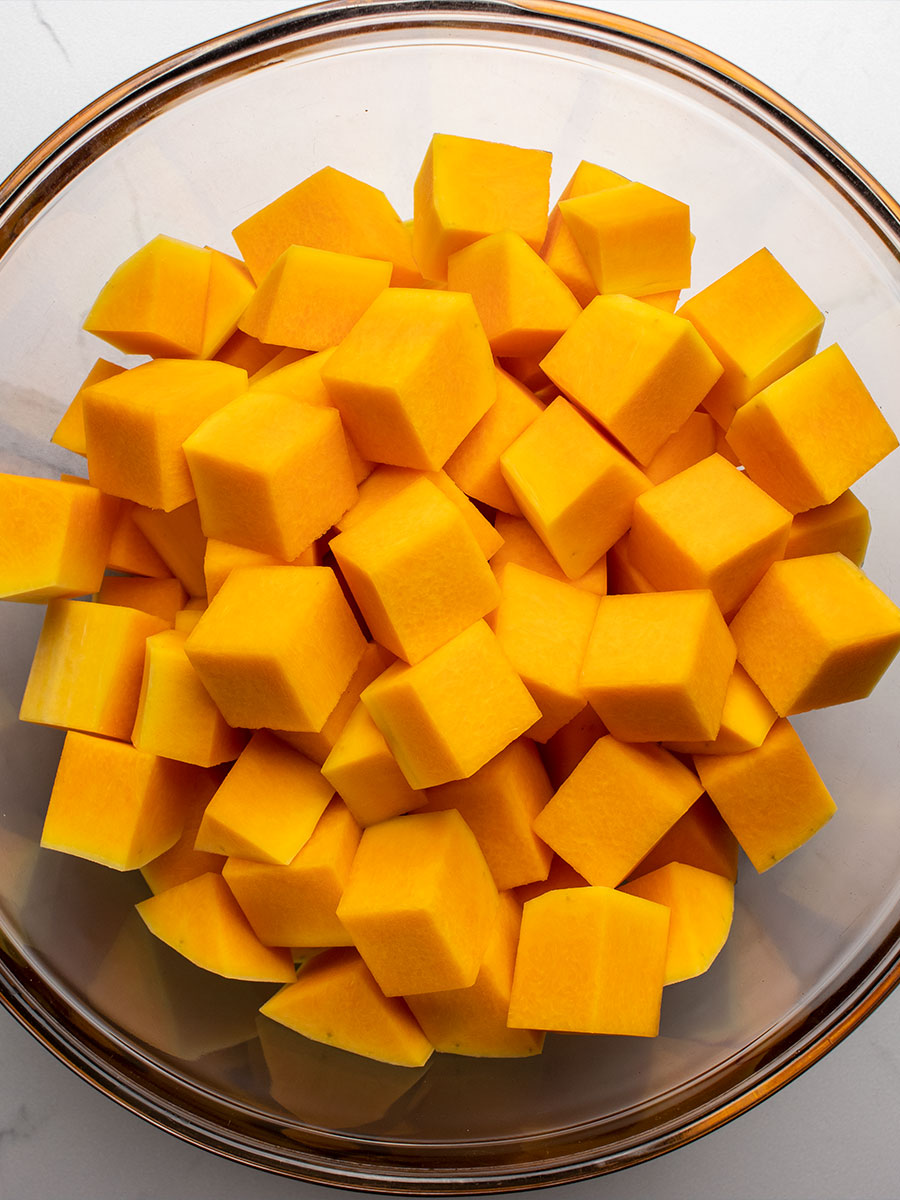
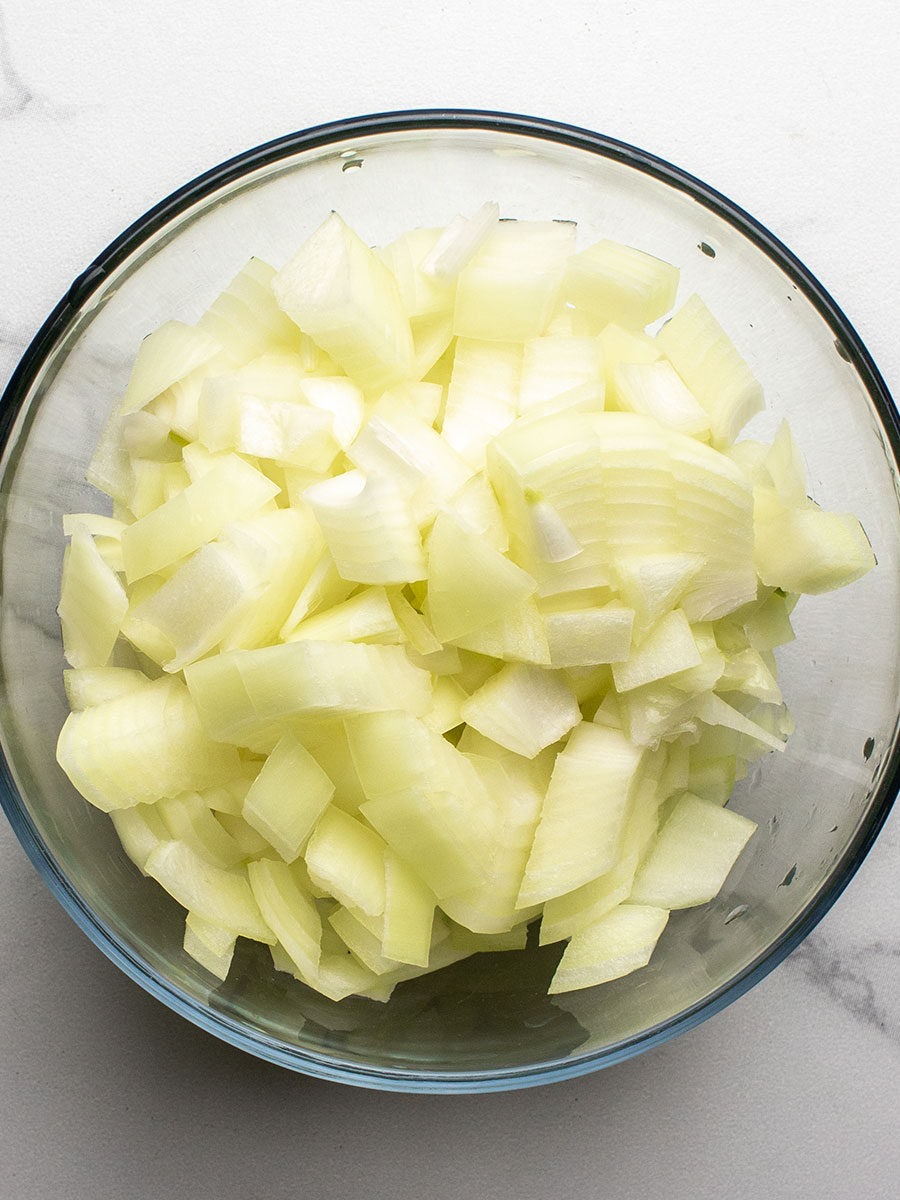
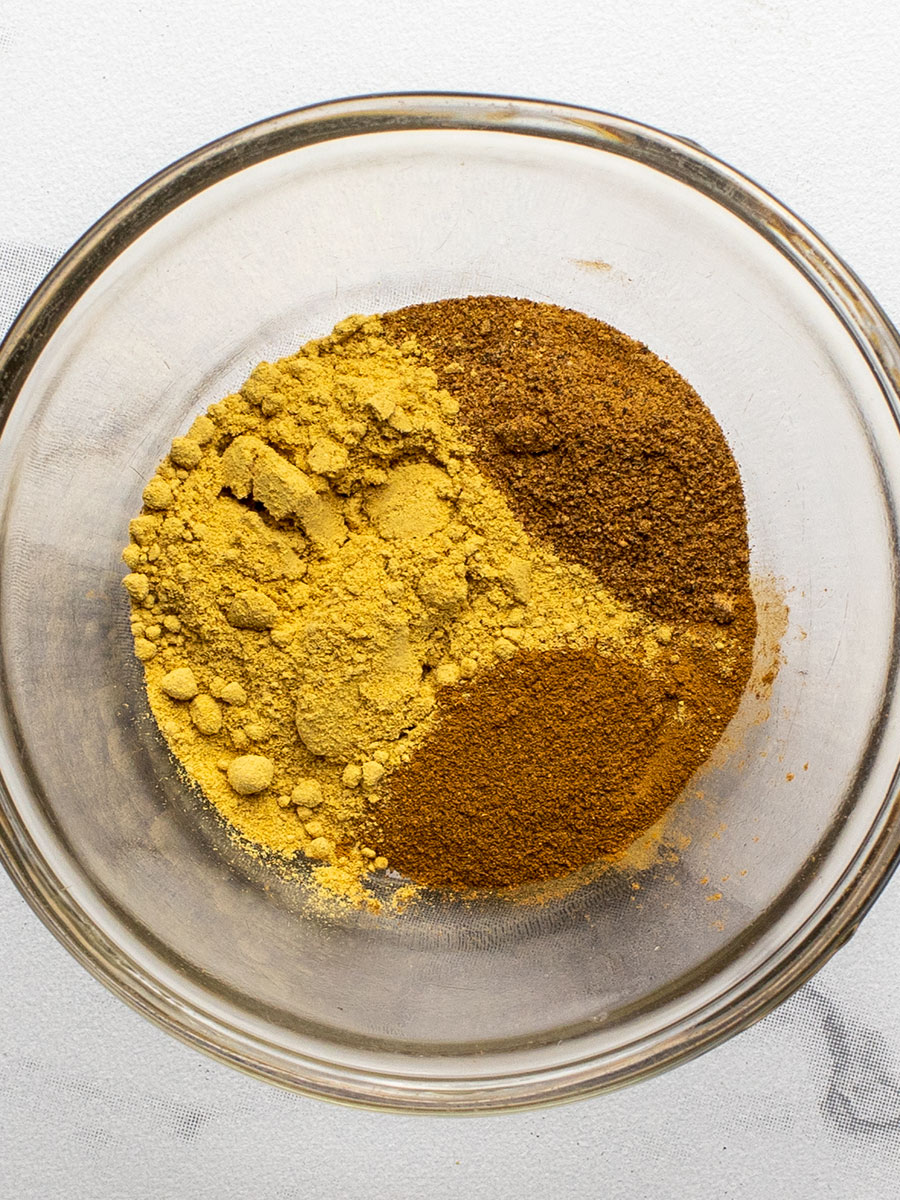
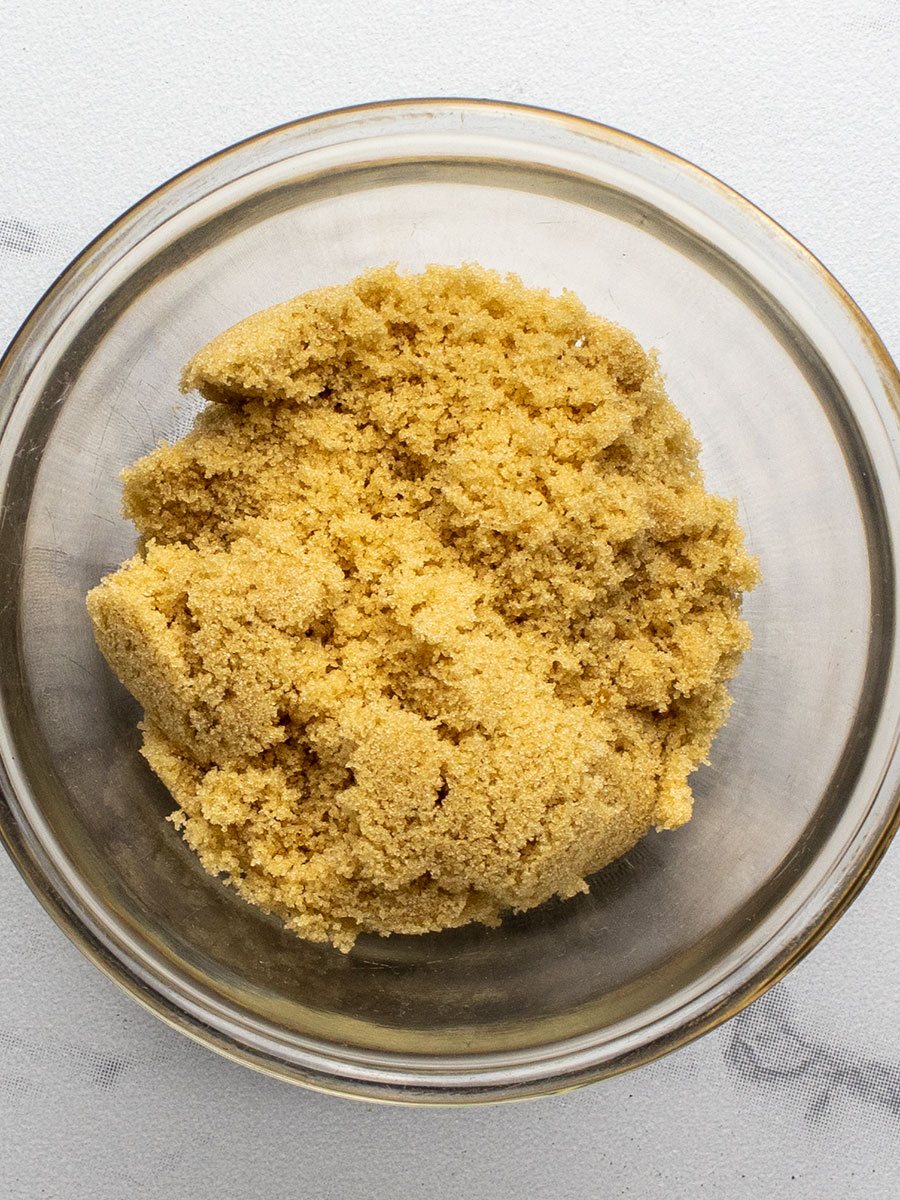
How to Cook the Perfect Squash
When deciding how to cook your butternut squash, you’ll first need to decide on what your reason is for cooking it in the first place. I’ve prepared this type of squash using arguably every conceivable method available and I’ve enjoyed excellent results with each. Down below, I’ll give you some options for doing the same. Remember, this section needn’t be applied to this recipe, so don’t go off changing your cooking method for this soup. I’ll explain how to do it properly for this dish in the recipe card below. This section is merely intended to offer some alternatives for your future squash eating adventures.
Roasted Whole
This is a very good option for cooking your butternut squash. I like it a lot. All you need to do is cut the squash down the center, lengthwise, and scoop out the seeds. Place each side, flesh side up, on a cooking tray and pop the tray in the oven for a half hour or so. Be sure to add salt and pepper to season and either maple syrup, honey, or brown sugar to add some additional sweetness. What I like about this method is that the entire flesh of the squash softens beautifully and the top browns somewhat to add just that extra hint of flavor.
For a 2 pound squash, cook at 375° for 30 to 45 minutes.
Roasted Cubes
Much like the previous method, I like this one too. To do this, first peel the squash, cut it in half lengthwise, scoop out the pulp, and then cut the remainder into one inch cubes. Throw the cubes into a large bowl and then add some olive oil, salt, and pepper to the bowl. Toss well and spread the pieces out on a baking tray. Cook like above. You’ll find that by roasting the squash like this, you’ll add tons of flavor just from the cooking method alone (Maillard browning). When finished, you can mash, eat as is, or use in a soup like the one on this page.
Roast cubes on baking sheet at 400° for about 30 minutes or until lightly brown.
Steamed Cubes
For the purest and least adulterated butternut squash you could possibly cook, I’d say steaming is your best bet. And not only is this the healthiest option, it’s also the fastest. Mind you, cooking squash using the steaming method won’t add any flavor. You’ll need to season after the fact, so be warned. Plain ol’ squash can be bland.
Place one inch cubes into a steamer and then about an inch or two of water in the pot. Bring the water to a boil, cover the steamer, and allow the cubes to steam for about 15 minutes.
Boiled Cubes
Boiling is another fast method for cooking squash. It’s somewhat unadulterated if you only add salt to the water, which you’ll want to do. The salt will penetrate the interior of the squash as the squash is cooking, adding flavor. Again, if you don’t add any salt, you’ll have a somewhat bland dish.
Bring a large pot of water to a boil. Add one tablespoon of salt to the water. Add the one inch squash cubes and let boil for about 12 minutes. When you’re able to push a fork through each piece easily, they’re done. Drain and enjoy.
Microwaved Whole
If all you have is a microwave, you can easily cook your squash. This method is much like steaming, but your result will be much more dry. There will be nothing added and nothing taken away.
To microwave your squash, cut it in half lengthwise and scoop out the seeds. Then, place one half on a dish, flesh side up. Cover the dish tightly with plastic wrap and microwave on high for about 10 minutes or until you’re able to easily push a fork into the squash.
Microwaved Cubes
This method is just as healthy as the above, but the cooking method is slightly different. You’ll need to cube your squash first as directed in previous cooking methods.
To microwave the squash, first place the cubes in a glass Pyrex bowl or container large enough to hold them. Then, place about a quarter cup of water in the bowl, cover, and microwave on high for about eight minutes or until each piece is tender.
Slow Cooker Cubes
This is the big daddy method of them all. With this method, you’ll need to cube your squash as above, but this time, you’ll use some sort of broth and other seasonings to infuse and flavor your quash as it’s cooking. I use a Dutch oven on my wood stove as opposed to a slow cooker, since it accomplishes the same thing in pretty much the same way. I really like this method because it’s like a set-and-forget type thing. And the result is excellent.
To cook, place cubes in a slow cooker. Add a few cups of broth as well; just enough to cover the cubes. Add seasonings and remainder of ingredients, cover, and allow to cook on high for about three hours. When finished, enjoy however you’d like; as a side, as a soup – whatever.
Pro Tip
Butternut squash soup isn’t the only dish you can prepare with this incredibly versatile ingredient. Did you know that there are many different dishes available to you? I’ll list a few of them below, just to give you some ideas for next time.
- Butternut Squash Soup
- Beef & Butternut Squash Moussaka
- Spicy Squash & Spinach Soup
- Roasted Butternut Squash
- Maple Roasted Brussels Sprouts & Butternut Squash
- Butternut Squash Risotto
- Moroccan-Spiced Tomato Sauce with Roasted Vegetables & Chickpeas
- Butternut Squash Laksa
- Chilled Toffee Apple Creams
- Butternut Squash Mac & Cheese
- Butternut Squash Salad
- Mashed Butternut Squash
Cooking Equipment Needed for This Soup
The only fancy piece of equipment you’ll need to complete this dish is a slow cooker or Dutch oven. If you have those, you’ll be in good shape. Everything else is pretty basic. To complete this dish, you’ll need one chef’s knife, one set of measuring spoons, one vegetable peeler, one liquid measuring cup, one set of dry measuring cups, one frying pan, one wooden spoon, one slow cooker or Dutch oven, one blender, food processor, or hand blender, one ladle, one spoon, and one additional large bowl or pot to store the finished soup.
How to Prepare Butternut Squash Soup
I’ll list some cursory instructions for preparing this dish here in this section. If you’re interested in full instructions, please see the recipe card a few sections down. The real reason for including these instructions here is to show you some photos of how each step should look.
To start, warm a pan and brown the onion in the butter. Then, add in the spices.
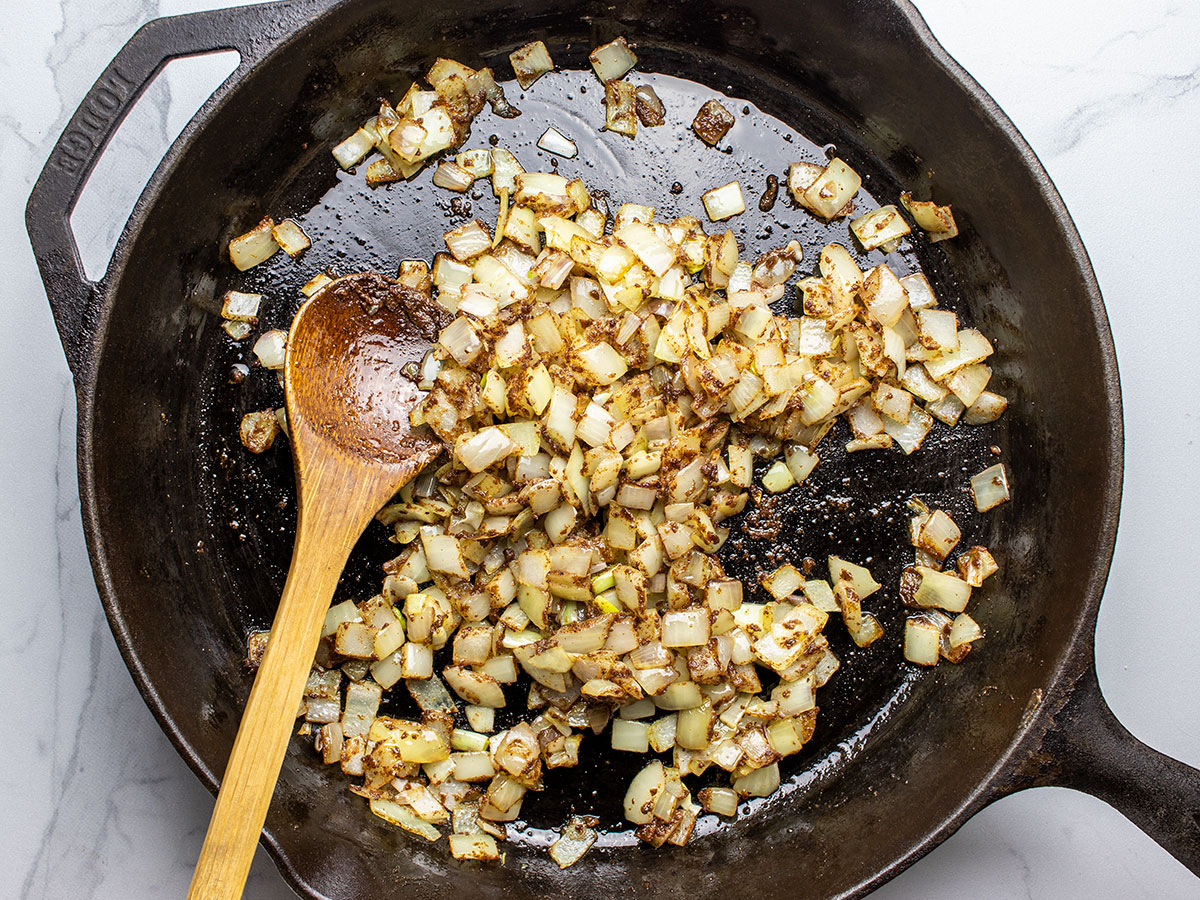
Next, add the squash to your slow cooker or Dutch oven. Also add in the brown sugar, salt, and pepper.
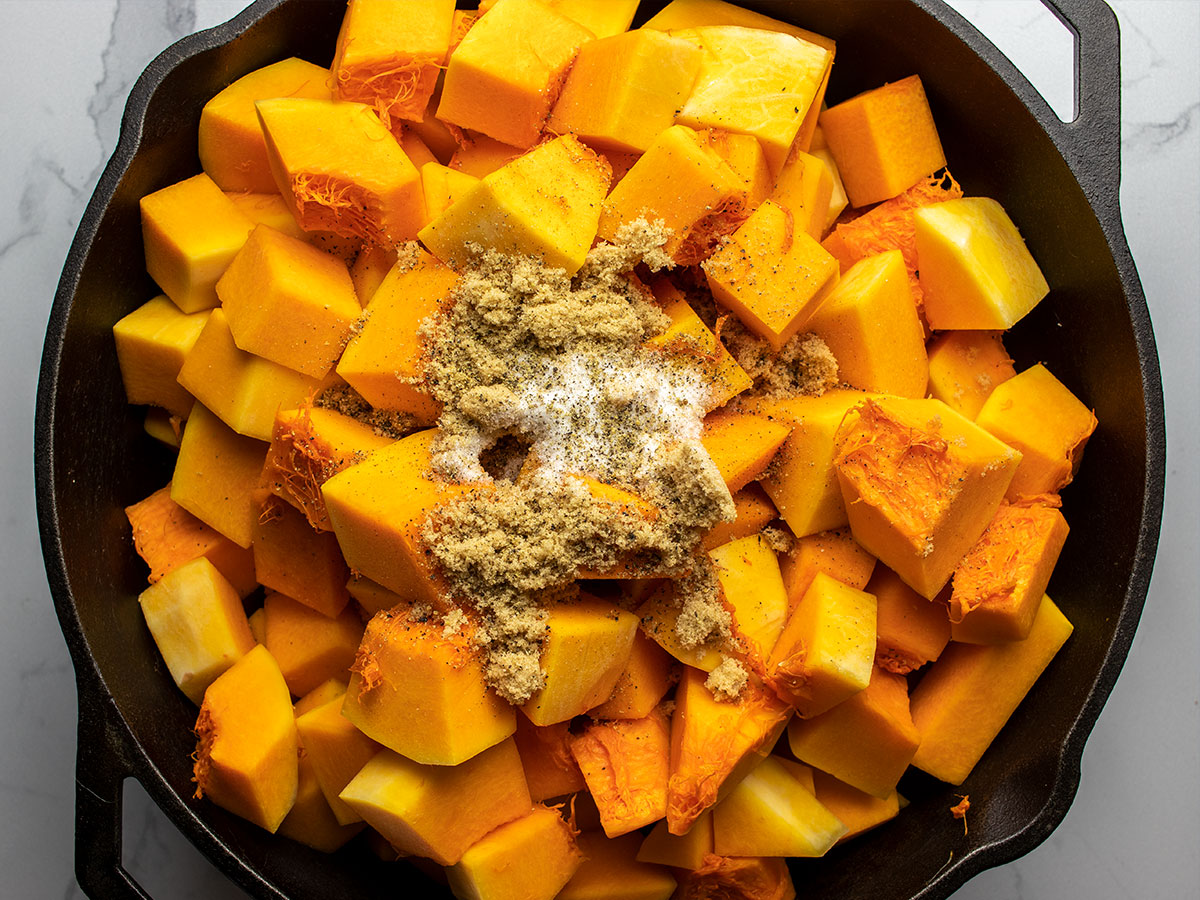
Also add in the broth and the onion and spices that were browned in the frying pan.
At this point, it’s time to cook the squash. For a slow cooker, cook for three hours on high. Be sure to use the cover as well. For a Dutch oven, cover and also cook for three hours on low heat. Initially, you’ll want to get the broth boiling over high heat, but once that’s happened, reduce the heat to low. This is what the squash should look like when finished.
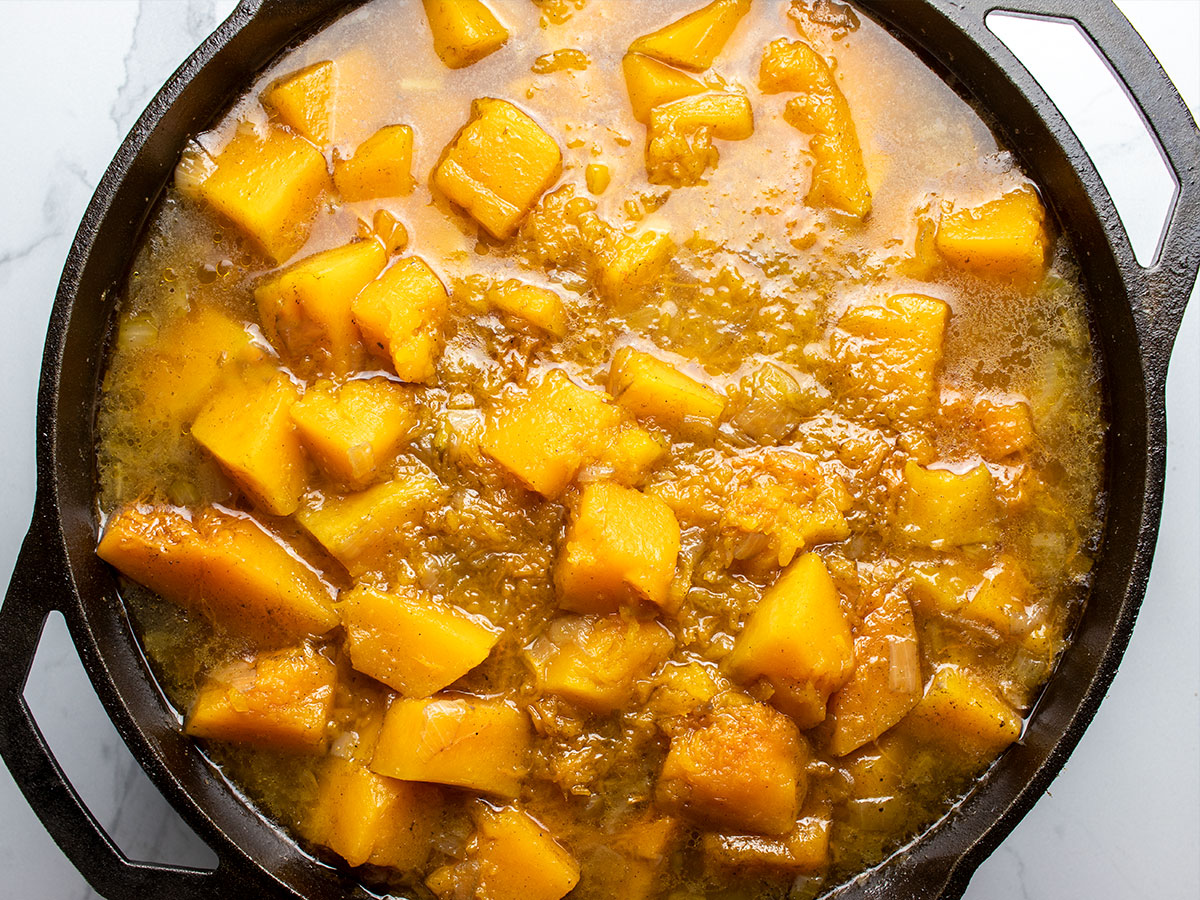
Finally, you’ll need to blend the squash into soup. To do this, using a ladle, fill a traditional blender or food processor, in batches, and blend. Alternately, you can use a hand blender and blend right in the Dutch oven or slow cooker.

After the soup has been puréed, go ahead and fill some bowls with it. Then, add a dollop of sour cream to each bowl and then sprinkle some chives, scallions, or flat leaf parsley on each serving. From there, enjoy!
Substitutes & Additions
There are dozens of ways a person can prepare butternut squash soup. Some recipes call for a long list of ingredients, while some, such as the one on this page, are somewhat modest in their requirements. With any recipe, substitutions and additions can be made. And that’s what I’d like to talk about in this section, for this recipe, specifically.
What to Substitute Butternut Squash With
Have you ever heard of buttercup squash? For years, my favorite type of squash was butternut, but the moment I was introduced to the buttercup variety, everything changed. Yes, butternut squash can be smooth, rich, and velvety and that’s great, but buttercup squash is all that, plus more. It’s very rich and very velvety. And I’m sure there are more vitamins and minerals in the cup alternative. When cutting up squash to use in a soup like this one, it’s important for that squash to have a lot of meat on its bones. Both butternut and buttercup have this meat, so don’t concern yourself with that. For this soup or any other like it, feel free to use either squash. And for the love of all that is holy, please try buttercup squash if you haven’t already. You’ll love it.
What to Substitute Yellow Onion With
The least expensive onion is the yellow onion. This type is the most plentiful as well. It’s the kind you find contained in the net bags in the grocery store. They’re great for cooking and have been around a long time. The only problem with the yellow onion is that it’s harsh. It’ll make you cry as you cut and dice it. As a better tasting and less cry inducing alternative, use the sweet onion. As the name suggests, it’s sweeter and from personal experience, I can tell you it’s better tasting all around. Sweet onion varieties include the Walla Walla, Texas Sweets, Maui, and Vidalia.
What to Substitute the Spices With
This recipe calls for ground ginger, cinnamon, and nutmeg. Don’t have those spices on hand? Instead, try allspice, apple pie spice, pumpkin pie spice, cardamom, mace, or garam masala. To see the similarity between each of these spices, simply give each one a sniff. You’ll note how related they are and how each can benefit this soup.
What to Substitute Vegetable Broth With
If you don’t want to use or don’t have any vegetable broth on hand, go ahead and use chicken broth instead. The flavor profile of the soup will change slightly, but nothing you’ll notice to a great extent. Also, on the plus side, chicken broth is lower in calories than its vegetarian sibling. Chicken broth is made primarily from water and chicken bones, whereas vegetable broth oftentimes includes additional ingredients such as vegetables, seasonings, and oils. Each of these can add calories.
What to Add
After your soup has been puréed, you can do a few things to enhance its flavor. First though, if the soup is too thick and you’d like a creamier texture, you can add heavy cream or coconut milk to thin it and make it more creamy at the same time. After adding, blend the soup to incorporate the new ingredients. Also, add salt and/or pepper if necessary. Beyond that, this type of soup usually benefits greatly from sweetness, so if you want, you can add more brown sugar, honey, or maple syrup. Just be sure to add and taste, add and taste. Don’t add too much of anything.
Dishes That Complement Butternut Squash Soup
This soup is wonderful on its own, but it does sometimes get lonely. I can picture myself sitting at my dining room table enjoying a nice hot bowl of soup. What would I like to eat as well? If you’re wondering the same thing, I can provide some answers. I’ll list a few options below.
- Crostinis
- Crispy Prosciutto
- Arugula Salad
- Oven Baked Chicken Legs
- Sautéed Spinach
- Pretzel Bites
- Italian Radicchio Salad
- Fennel and Chickpea Salad
- Shaved Brussel Sprout Salad
- Apple Celery Root Slaw
- Kale Caesar Salad
- Grilled Broccolini
Wine Pairings for Butternut Squash Soup
Butternut squash soup is reminiscent of a few distinct flavors and textures. Think butterscotch, earthiness, nutiness, and creaminess. Because of this diversity, there is a range of wines to choose from with which to pair the soup. These are the wines:
- Valckenberg Gewurztraminer
- Chardonnay
- Frangelico and Amaretto
- Grignolino
- Sémillon
- White Côtes du Rhône
Can Butternut Squash Soup Be Stored?
When making butternut squash soup, why not double up on the ingredients and then store the leftovers? That’s what I do. This soup stores particularly well in the refrigerator or freezer. To store in the refrigerator or freezer, be sure to keep in an airtight container. It’ll keep in the refrigerator for up to four days and the freezer for up to three months. When you’re ready to eat, simply remove from the refrigerator and either microwave or warm in a saucepan on your stovetop. If you’ve stored it in the freezer, let the soup thaw in the refrigerator overnight before reheating it.
Butternut Squash Soup
Equipment
- 1 Chef's Knife
- 1 Set Measuring Spoons
- 1 Vegetable Peeler
- 1 Liquid Measuring Cup
- 1 Set Dry Measuring Cups
- 1 Frying Pan
- 1 Wooden Spoon
- 1 Slow Cooker or Dutch Oven
- 1 Blender, Food Processor, or Hand Blender
- 1 Ladle
- 1 Spoon
- 1 Additional Large Bowl or Pot
Ingredients
- 4 Tablespoons Butter
- 1 Yellow or Sweet Onion Chopped
- ½ Teaspoon Ground Ginger
- ½ Teaspoon Nutmeg
- ½ Teaspoon Cinnamon
- 4 Pound Butternut Squash Peeled, Cut into 1" Cubes
- 1 Tablespoon Brown Sugar
- ½ Teaspoon Salt
- ¼ Teaspoon Ground Black Pepper
- 4 Cups Vegetable Broth
- ½ Cup Sour Cream
- 4 Tablespoons Chives, Scallions, or Flat Leaf Parsley Chopped
Instructions
- Warm a frying pan over medium heat. Add the butter and onion and, stirring occasionally, sauté the onion for about five minutes or until it lightly browns. After that, add the ginger, nutmeg, and cinnamon to the pan. Stir together with the onion and let sauté for another minute.
- Add the cubed butternut squash to your slow cooker or Dutch oven. Add the brown sugar, salt, and pepper to the squash. Then add the broth and the contents of the frying pan to the squash as well.
- If you're using a slow cooker, covered, cook on high for three hours. If you're using a Dutch oven, bring the broth to a boil on your stovetop and then reduce the heat to low. Covered, cook for three hours.
- When finished, blend the contents of your slow cooker or Dutch oven using a food processor, blender, or hand blender. You may transport the finished soup to a bowl or another pot when finished. Season to taste.
- To serve, ladle the soup into bowls, add a dollop of sour cream to each bowl, and garnish with the scallions, chives, or parsley. Enjoy!
Notes
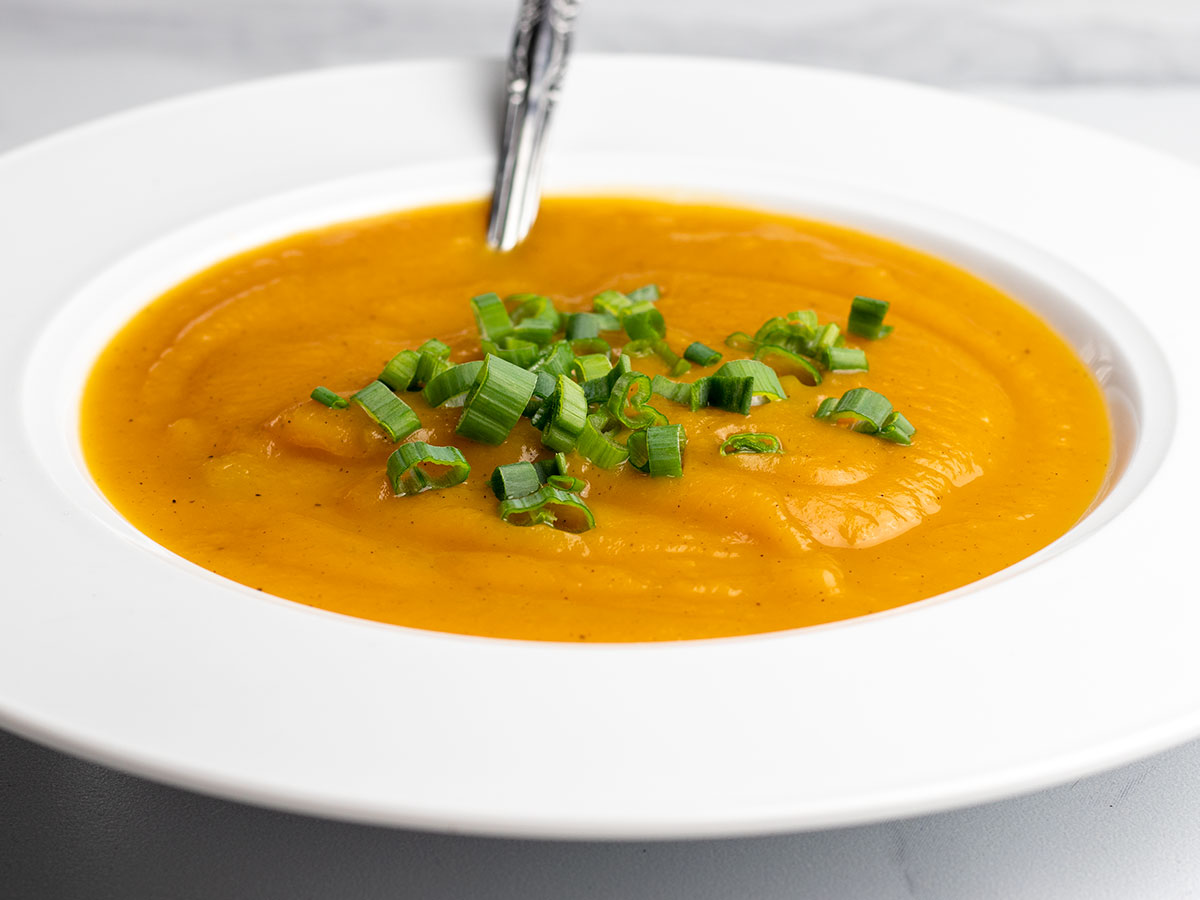
If you enjoyed this post, please consider sharing it on social media and signing up for my mailing list. That would help me out a lot. Also, if you have any questions or anything to add, please use the comment form down below. Thanks and enjoy!

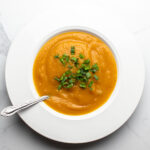
I love butternut squash soup, and you’re right—it’s amazing how versatile and comforting it can be! I appreciate that this recipe keeps it healthy without sacrificing that rich, velvety flavor. Definitely adding this to my list for cozy, guilt-free meals!
I am running a catering business named Raja Catering in Tamil Nadu, India. I have tried this recipe at one of my clients’ weddings, which turned out to be my signature one.
Thanks for the recipe, and Happy Cooking.